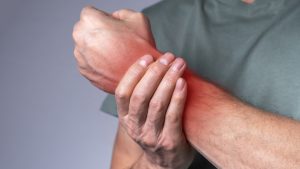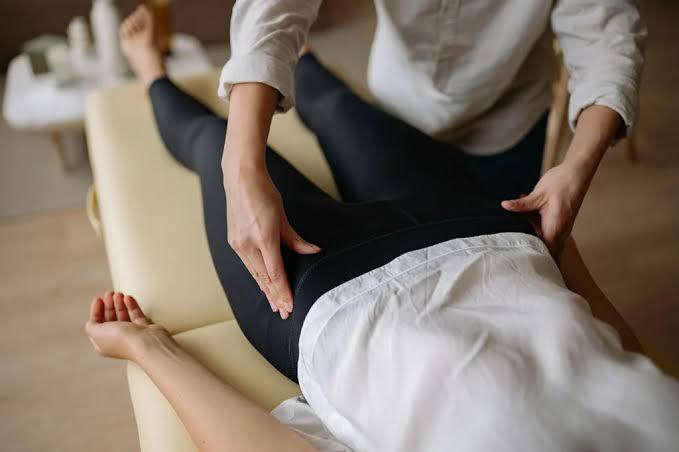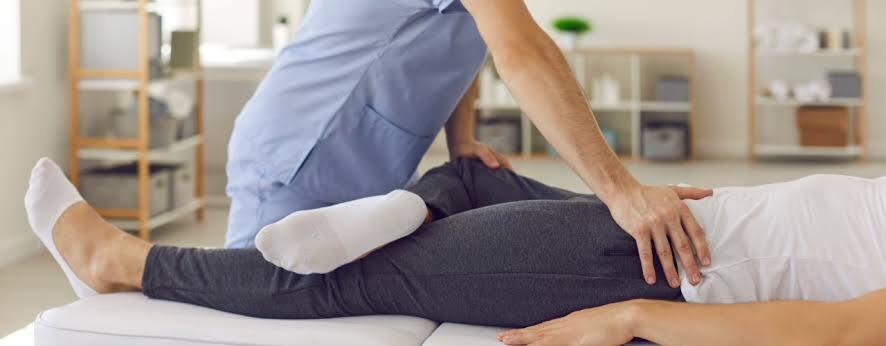
Understanding Wrist Pain and How Physical Therapy Can Help
Wrist pain is a common issue that affects people of all ages and activity levels. Whether it stems from repetitive strain, an acute injury.
February, 2025

Pelvic floor health is an essential part of overall well-being, but it’s often overlooked until problems arise. The pelvic floor muscles support your bladder, bowel, and reproductive organs, playing a crucial role in core stability and daily functions like urination, bowel movements, and sexual health. When these muscles become weak, tight, or uncoordinated, they can lead to discomfort and dysfunction.
At Go Physical Therapy, we specialize in Pelvic Floor Rehabilitation to help patients regain control, reduce pain, and improve their quality of life. But how do you know if you need pelvic floor therapy? Here are some key signs to look out for:
If you experience leakage when sneezing, coughing, laughing, or exercising, you may have stress incontinence due to weak pelvic floor muscles. Urge incontinence, which is the sudden, strong need to urinate, can also indicate pelvic floor dysfunction. These issues can be frustrating and affect daily life, but physical therapy can help strengthen and retrain your muscles to regain control.
Persistent pain in your pelvic region, lower back, or hips may be a sign of tight or overactive pelvic floor muscles. Some people describe it as a heavy or dragging sensation, which could indicate pelvic organ prolapse—a condition where the pelvic organs shift due to weak support muscles. A customized therapy plan can help alleviate pain and restore muscle function.
Painful intercourse (dyspareunia) can be caused by tight, overactive, or weak pelvic floor muscles. This is common after childbirth, with hormonal changes (such as menopause), or due to conditions like vaginismus or vulvodynia. Pelvic floor therapy can help relax the muscles, improve circulation, and restore comfort.
Straining during bowel movements or experiencing chronic constipation can be a sign of pelvic floor dysfunction. If your muscles are too tight or not coordinating properly, it can make it difficult to pass stool. Pelvic floor therapy can include relaxation techniques, strengthening exercises, and lifestyle adjustments to improve bowel health.

Pregnancy and childbirth put significant stress on the pelvic floor. If you’re experiencing lingering pain, urinary leakage, prolapse symptoms, or core weakness after giving birth, pelvic floor therapy can aid in recovery. Strengthening and retraining these muscles can help new mothers regain function and confidence.
Pelvic organ prolapse occurs when the bladder, uterus, or rectum drops into the vaginal canal due to weakened pelvic muscles. Symptoms may include a bulging sensation, pressure, or discomfort, especially after standing for long periods. Physical therapy can help manage and improve symptoms without surgery in many cases.
The pelvic floor is closely connected to your core and lower back muscles. If your pelvic floor muscles are weak or imbalanced, it can contribute to chronic lower back or hip pain. Addressing pelvic floor strength and coordination through therapy can improve posture, stability, and overall movement patterns.
✔️ Strengthen or relax pelvic floor muscles
✔️ Improve muscle coordination and function
✔️ Address pain and discomfort through manual therapy
✔️ Provide personalized exercises and lifestyle modifications
If you’re experiencing any of the signs mentioned above, don’t ignore them! Pelvic floor dysfunction is common, but it’s treatable. Contact us today to schedule an evaluation and start your journey to better pelvic health.

Wrist pain is a common issue that affects people of all ages and activity levels. Whether it stems from repetitive strain, an acute injury.